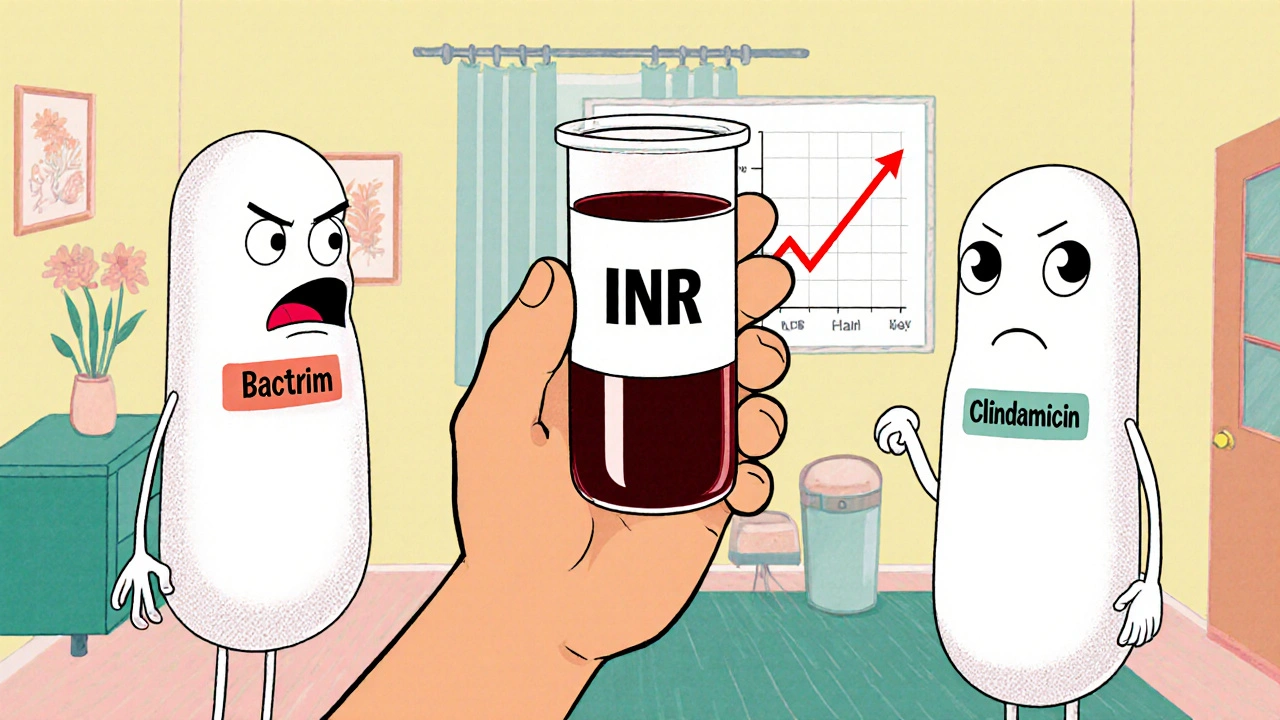Blood Thinner Safety: What You Need to Know to Stay Protected
When you take a blood thinner, a medication that reduces your blood’s ability to form clots. Also known as anticoagulant, it’s prescribed to prevent strokes, heart attacks, and dangerous clots in the legs or lungs. But safety isn’t just about taking the pill—it’s about knowing what to watch for, how to avoid mistakes, and when to call your doctor.
Not all blood thinners are the same. Warfarin, an older anticoagulant that requires regular blood tests interacts with food, alcohol, and other meds. Newer ones like apixaban, a direct oral anticoagulant that doesn’t need routine monitoring, are simpler but still carry risks. The biggest danger? Bleeding. It can happen inside your brain, stomach, or even under your skin without warning. A small cut that won’t stop bleeding, unusual bruising, or dark, tarry stools aren’t normal—they’re red flags.
Many people don’t realize how easily other medications can mess with blood thinners. Even something as simple as aspirin, a common pain reliever that also thins blood, can double your bleeding risk when taken with warfarin. Same goes for some herbal supplements like garlic, ginkgo, or fish oil. And if you’re on a generic version of your blood thinner, don’t assume it’s identical to the brand. Switching brands without checking with your doctor can change how your body responds.
Living safely with a blood thinner means building habits, not just taking pills. Keep a list of every medication and supplement you use. Tell every doctor, dentist, or pharmacist you see that you’re on one. Use the same pharmacy every time so they can spot dangerous combos. Wear a medical ID bracelet. And if you fall, even if you feel fine, get checked—internal bleeding doesn’t always hurt right away.
What you’ll find in the posts below isn’t just theory. Real stories, real risks, and real fixes. From why rare side effects from generic versions matter, to how aspirin can slow healing and increase bleeding, these articles cut through the noise. You’ll learn what to do when things go wrong, how to talk to your doctor about alternatives, and how to spot the signs others miss. This isn’t about fear—it’s about control. You’re not just managing a condition. You’re protecting your life, one smart choice at a time.

Managing Warfarin and Antibiotics: What You Need to Know About Dangerous Interactions
- Nov, 14 2025
- Daniel Remedios
- 14 Comments
Warfarin and antibiotics can interact dangerously, raising bleeding risk or reducing effectiveness. Learn which antibiotics are high-risk, when to check your INR, and how to stay safe without stopping treatment.
